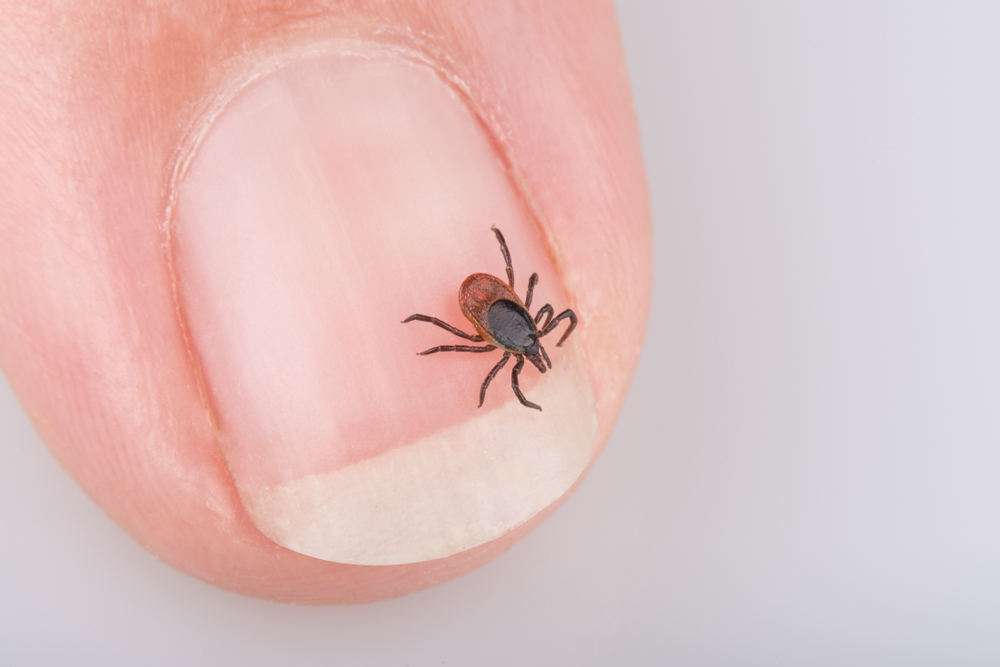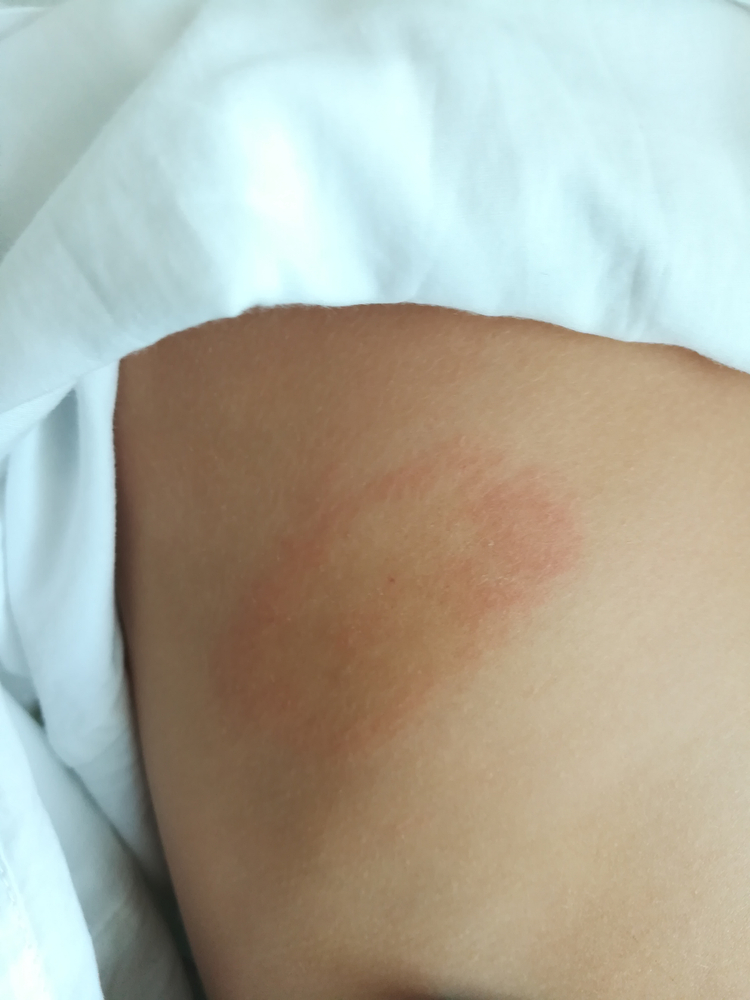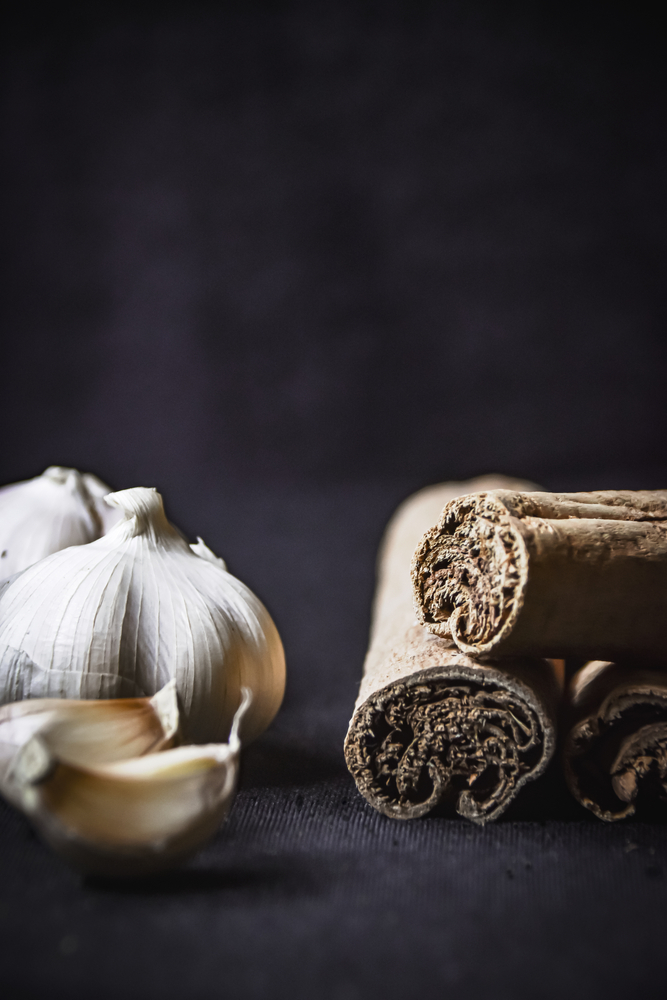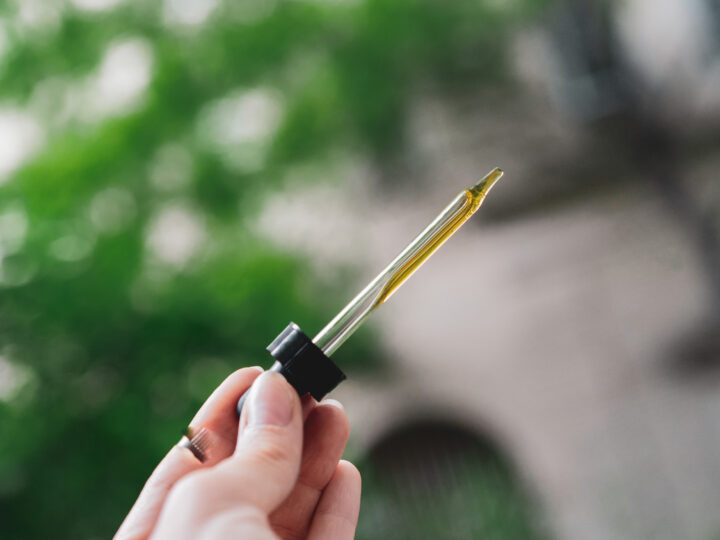TCM & LYME DISEASE
A Different Perspective

If you grew up anywhere in the US where ticks are common, you’re probably trained to recognize the symptoms of Lyme Disease: fever, flu-like symptoms, and the characteristic “bullseye” rash around the tick bite.
What Is Lyme Disease?
According to the CDC, Lyme disease is the most common tick-borne illness in the US. It’s a pretty common disease, with over 476,000 Americans being treated for it every year. Most infections come from states in the Northeast, like Massachusetts, Minnesota, and New York. It’s usually caused by a bacteria called Borrelia burgdorferi, and it’s transmitted by blacklegged ticks that are infected with the virus.
These creepy little crawlers can pass on the Lyme bacteria to people and other animals, like dogs. The tick, which can be as small as the head of a pin, will latch itself on to its victim and burrow into their skin and suck their blood. While they’re feeding, they pass on the bacteria to the host. Many people don’t even know they’ve been bit by a tick because they’re so small and tend to like damp, hairy parts of the body.
 The first signs of Lyme disease are usually what looks like a mosquito or spider bite and a low fever. Over time, the symptoms get worse. You might get hit with a thudding headache, major fatigue, and a raging fever. Usually, a rash (called erythema migrans) that looks like a red and white bullseye will form around the bite.
The first signs of Lyme disease are usually what looks like a mosquito or spider bite and a low fever. Over time, the symptoms get worse. You might get hit with a thudding headache, major fatigue, and a raging fever. Usually, a rash (called erythema migrans) that looks like a red and white bullseye will form around the bite.
If you catch Lyme disease early on, it’s easy to treat with a round of antibiotics. But the longer it’s left untreated, the more difficult it is to get rid of it. If the problem isn’t addressed early enough, you can experience long term complications, including inflammation and infection in your joints, nervous system, and major organs.
Lyme Disease From A TCM POV
From a Traditional Chinese Medicine (TCM) perspective, Lyme disease fits into a category of illnesses known as Gu zheng, or “Gu syndrome.” Gu syndrome is basically caused by outside infection, including viruses, bacteria, and parasites.
Before a Gu syndrome can be treated, the doctor first has to figure out what other pathogens are at play here, including heat, cold, damp, and wind. Illnesses like Lyme disease that cause inflammation are thought to be caused by extreme heat in the body. So to treat Lyme, you need to remove the toxins from the initial bite and clear out the heat of inflammation.
This focus on inflammation is especially important for people who are living with long term or chronic Lyme disease. This happens when the virus isn’t caught soon enough and it spreads throughout the body. Left untreated for a long time, Lyme disease can cause severe chronic pain, rashes, nerve pain, heart problems, and joint pain like arthritis.
Proven Herbal Remedies for Lyme
In the West, Lyme disease is almost always treated with a week or so of antibiotics, depending on how far along the infection is.
But TCM has a long history of using herbal remedies in place of pharmaceuticals. And recently, more and more research is coming out to support the power that herbs have in the fight against Lyme disease.
For instance, in 2018, a study done on cells infected with the Borrelia burgdorferi bacteria identified 10 herbal essential oils that can help kill the disease. And just last year, researchers at Johns Hopkins found two more plants that can effectively kill Lyme. Some of the herbs that have been studied are:
- Garlic

- Allspice berries
- Cumin
- Gingergrass
- African Myrrh
- Shati
- Amyris
- Thyme
- Eucalyptus
- Cinnamon
- Ghanaian quinine
- Japanese knotweed
- Chinese Skullcap
Most of these plants and herbs are antibacterial, so they can fight off the Borrelia burgdorferi bacteria from a Lyme-infected tick. And best of all, Ghanaian quinine and Japanese knotweed are actually more effective than antibiotics at killing a long lasting kind of Lyme known as a “dormant persister form.”
You can find many of these herbs at a Chinese herbal medicine store, and your TCM practitioner may combine some of them into a custom herbal prescription for you.
How To Ease Inflammation
Whether you have chronic or non-chronic Lyme disease, you’re probably going to have increased inflammation that causes pain in your joints. And if you have long-term Lyme disease, over time this inflammation can cause even bigger problems. Inflammation makes your body think you’re hurt so your cells exist in a constant low level of stress. Over time, that damages your cells and body tissue.
Long story short, whether you have long-term or short-term Lyme disease, inflammation is a big problem. Luckily, TCM has a few tricks up its sleeve when it comes to reducing and even banishing inflammation.
One way to deal with it is acupuncture. Acupuncture has been around for thousands of years, but only recently have researchers started studying it to try and understand why exactly it works. They’re still not quite sure, but they have found some pretty compelling evidence for how effective it is at reducing inflammation and even the joint pain that comes along with it.
A 2018 review of over 40 studies found that acupuncture offers relief to arthritis patients who have joint pain, either on its own or alongside western treatments. Another review that surveyed 20,827 patients found that acupuncture was also helpful for chronic musculoskeletal pain, headache, and osteoarthritis pain. So when it comes to inflammation and pain from Lyme disease, acupuncture is a time-tested method that gets results.
During May and June, your chances of getting Lyme disease are higher than usual, but you can get it almost any time of year. Luckily, as long as you catch it early it’s easy to treat and won’t cause any long-term effects. Western antibiotics work pretty well, but eastern medicine can make treatment even more effective.
Comments (0)
Leave a reply
You must be logged in to post a comment.




